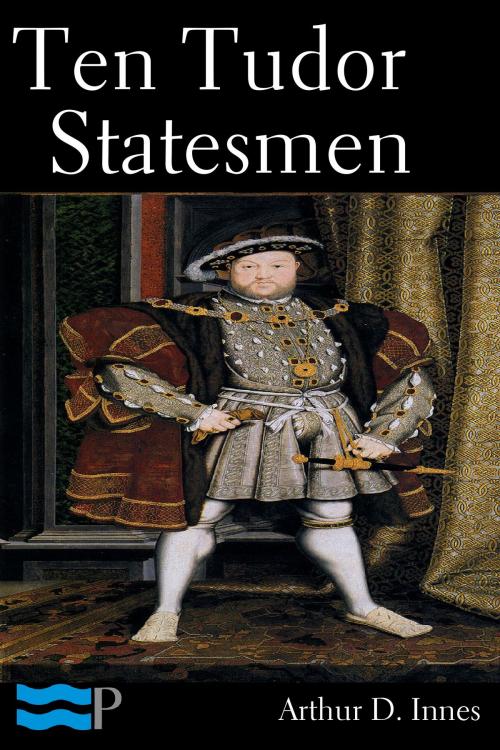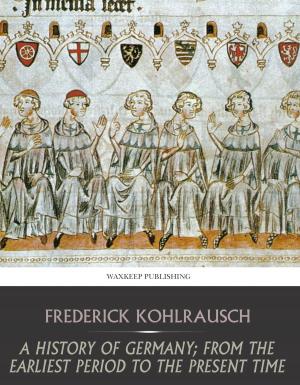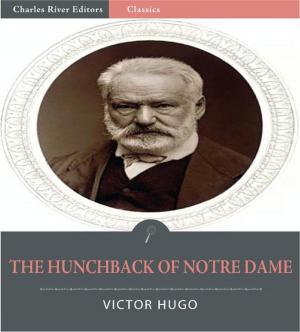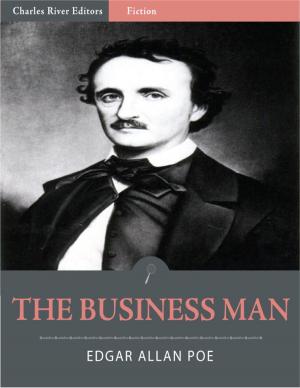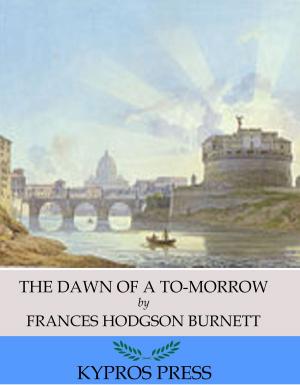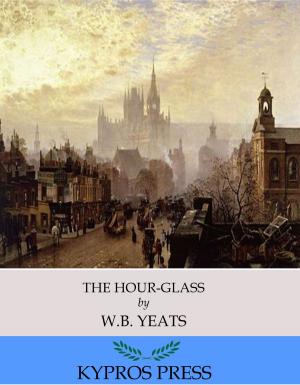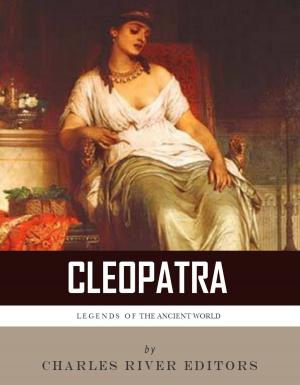Ten Tudor Statesmen
Nonfiction, History, Americas, United States, Colonial Period (1600-1775), European General, British| Author: | Arthur D. Innes | ISBN: | 9781531262860 |
| Publisher: | Charles River Editors | Publication: | March 22, 2018 |
| Imprint: | Charles River Editors | Language: | English |
| Author: | Arthur D. Innes |
| ISBN: | 9781531262860 |
| Publisher: | Charles River Editors |
| Publication: | March 22, 2018 |
| Imprint: | Charles River Editors |
| Language: | English |
This is a comprehensive history that looks at some of the most important political figures during the reign of the Tudors in England, from Henry VII to Elizabeth I Although the last Tudor ruler died over 400 years ago, it still remains England's most famous royal line, and it produced the most famous king and queen in history, both of whom continue to fascinate people around the world today.
Over 450 years after his reign, Henry VIII is still the most famous and recognizable King of England, but it’s for all the wrong reasons. Though well regarded by contemporaries as a learned king and "one of the most charismatic rulers to sit on the English throne", he is best remembered today for his gluttony and multiple marriages, particularly the gruesome way in which he was widowed on more than one occasion. Naturally, that was the focus of the popular Show Time drama series centered around his life, The Tudors.
Henry VIII will probably continue to be best known for beheading some of his wives, most notably Anne Boleyn, so it is somewhat fitting that his most decisive act came as a result of a marital mishap. Sharply at odds with the Catholic Church over his attempt to dissolve his marriage with Catherine of Aragon, Henry VIII ultimately broke with the Church and established the Church of England, which forever both the religious history of England and the social hierarchy of the nation and its empire.
When Queen Elizabeth II came to the throne in 1952, many commentators heralded the beginning of her reign as the second Elizabethan age. The first one, of course, concerned the reign of Henry VIII’s second surviving daughter and middle surviving child, Queen Elizabeth I, one of England’s most famous and influential rulers. It was an age when the arts, commerce and trade flourished. It was the epoch of gallantry and great, enduring literature. It was also an age of wars and military conflicts in which men were the primary drivers and women often were pawns.
Elizabeth I changed the rules of the game and indeed she herself was changed by the game. She was a female monarch of England, a kingdom that had unceremoniously broken with the Catholic Church, and the Vatican and the rest of Christendom was baying for her blood. She had had commercial and militaristic enemies galore. In the end, she helped change the entire structure of female leadership.
Elizabeth was the last Tudor sovereign, the daughter of the cruel and magnificent King Henry VIII and a granddaughter of the Tudor House’s founder, the shrewd Henry VII. Elizabeth, hailed as “Good Queen Bess,” “Gloriana” and “The Virgin Queen” to this day in the public firmament, would improve upon Henry VIII’s successes and mitigate his failures, and despite her own failings would turn out to “have the heart and stomach of a king, and a king of England too”. Indeed, that was the phrase she would utter in describing herself while exhorting her troops to fight for England against the Spanish Armada..
This is a comprehensive history that looks at some of the most important political figures during the reign of the Tudors in England, from Henry VII to Elizabeth I Although the last Tudor ruler died over 400 years ago, it still remains England's most famous royal line, and it produced the most famous king and queen in history, both of whom continue to fascinate people around the world today.
Over 450 years after his reign, Henry VIII is still the most famous and recognizable King of England, but it’s for all the wrong reasons. Though well regarded by contemporaries as a learned king and "one of the most charismatic rulers to sit on the English throne", he is best remembered today for his gluttony and multiple marriages, particularly the gruesome way in which he was widowed on more than one occasion. Naturally, that was the focus of the popular Show Time drama series centered around his life, The Tudors.
Henry VIII will probably continue to be best known for beheading some of his wives, most notably Anne Boleyn, so it is somewhat fitting that his most decisive act came as a result of a marital mishap. Sharply at odds with the Catholic Church over his attempt to dissolve his marriage with Catherine of Aragon, Henry VIII ultimately broke with the Church and established the Church of England, which forever both the religious history of England and the social hierarchy of the nation and its empire.
When Queen Elizabeth II came to the throne in 1952, many commentators heralded the beginning of her reign as the second Elizabethan age. The first one, of course, concerned the reign of Henry VIII’s second surviving daughter and middle surviving child, Queen Elizabeth I, one of England’s most famous and influential rulers. It was an age when the arts, commerce and trade flourished. It was the epoch of gallantry and great, enduring literature. It was also an age of wars and military conflicts in which men were the primary drivers and women often were pawns.
Elizabeth I changed the rules of the game and indeed she herself was changed by the game. She was a female monarch of England, a kingdom that had unceremoniously broken with the Catholic Church, and the Vatican and the rest of Christendom was baying for her blood. She had had commercial and militaristic enemies galore. In the end, she helped change the entire structure of female leadership.
Elizabeth was the last Tudor sovereign, the daughter of the cruel and magnificent King Henry VIII and a granddaughter of the Tudor House’s founder, the shrewd Henry VII. Elizabeth, hailed as “Good Queen Bess,” “Gloriana” and “The Virgin Queen” to this day in the public firmament, would improve upon Henry VIII’s successes and mitigate his failures, and despite her own failings would turn out to “have the heart and stomach of a king, and a king of England too”. Indeed, that was the phrase she would utter in describing herself while exhorting her troops to fight for England against the Spanish Armada..
